Carrick-a-Rede Rope Bridge
03 January - 03 January
Carrick-a-Rede, from the Scottish Gaelic ‘Carraig-a-Rade’ meaning “The Rock in the Road” – an obstacle for the migrating salmon as they searched for the river in which they were born.
The early years
Atlantic salmon has been fished at Carrick-a-Rede and Larrybane since 1620. But it was not until 1755 that the first rope bridge between the mainland and Carrick-a-Rede Island was erected to reduce reliance on a boat to reach the island.
A flourishing industry
In the 19th century more than 80 fishers, 21 salmon fishers and 10 fish carriers were working in the parish of Ballintoy. Catches of up to 300 salmon a day were common until the 1960’s.
Vanishing fish
The years of salmon fishing are now just a memory. Fishing pressure at sea and river pollution led to a decline in salmon. In 2002 the last fish was caught at Carrick-a-Rede.
The last fisherman
Alex ‘Achi’ Colgan, the last fisherman at Carrick-a-Rede, took over the licence when his uncle retired and worked there for over 30 years, leaving in 2002 when co-workers were hard to come by. This fishery needs four men to work it and it’s hard, heavy work.
Now 80-years-old, the Ballintoy man recalls: “It was hard work, It was the hardest salmon fishery on the coast. You’re stood on the edge of a cliff, it’s very deep water.
“I suppose it was dangerous but we never had any accidents. When the weather was bad it was dangerous enough.”
Achi recalls that they would regularly catch up to 300 fish a day. But in the final season before closing, they only caught 250 in total from spring to autumn.
“It was not viable. There were’nt enough fish. The same applied to the whole coast. It was sad enough, but we couldn’t pay anybody to work. There were some years it didn’t pay at all.”
Share Article
